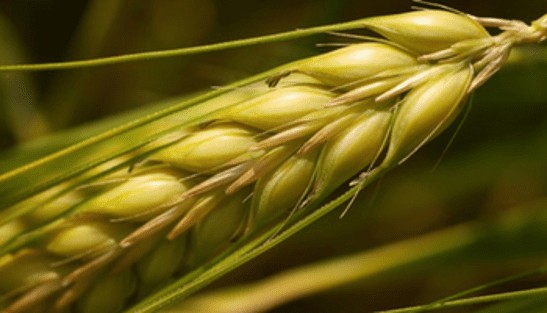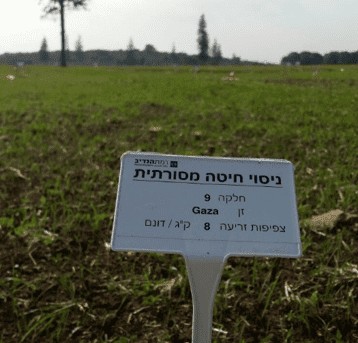Wheat- A Taste of the Past
Since the days of the agricultural revolution, wheat and bread have been key components in our diets. However, in the modern age complaints have been surfacing around the fact that the nutritional value of these foods is dwindling as a result of the different processes they undergo in preparation for retail.
It is maintained, that these foods may even be detrimental to our health. Industrialization has reduced the varieties of wheat strains and has reduced the biodiversity. Over the past few years, efforts are being made to trace less common and even some historic strains that have better nutritional properties. These historic stains are believed to be more resilient to climate change.
Those who travel along the Manor Trail (marked in red) in the spring, may wonder why there is a sown wheat field in the middle of the Nature Park. The field is located on the east side of the park, on the way to Horvat ‘Aqav. This field is part of our effort to restore an agricultural landscape using these traditional wheat varieties.



